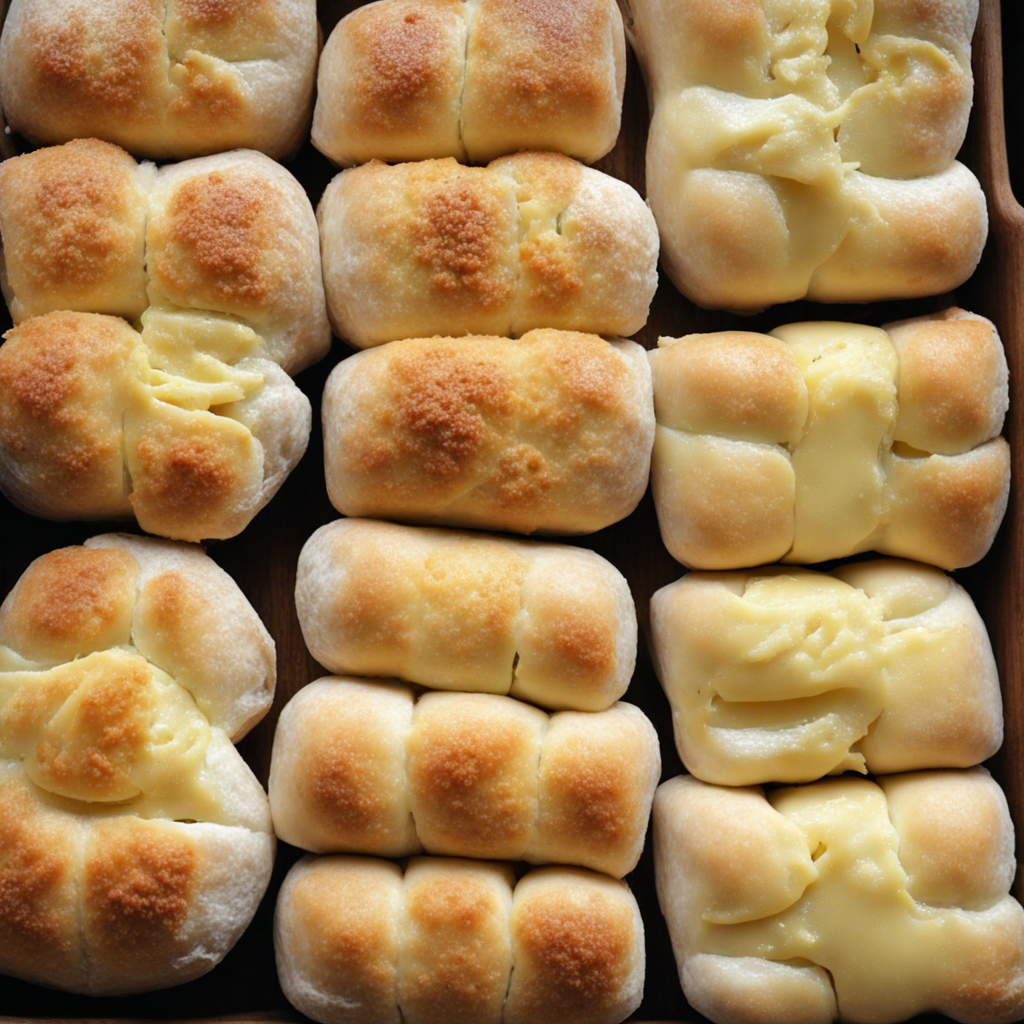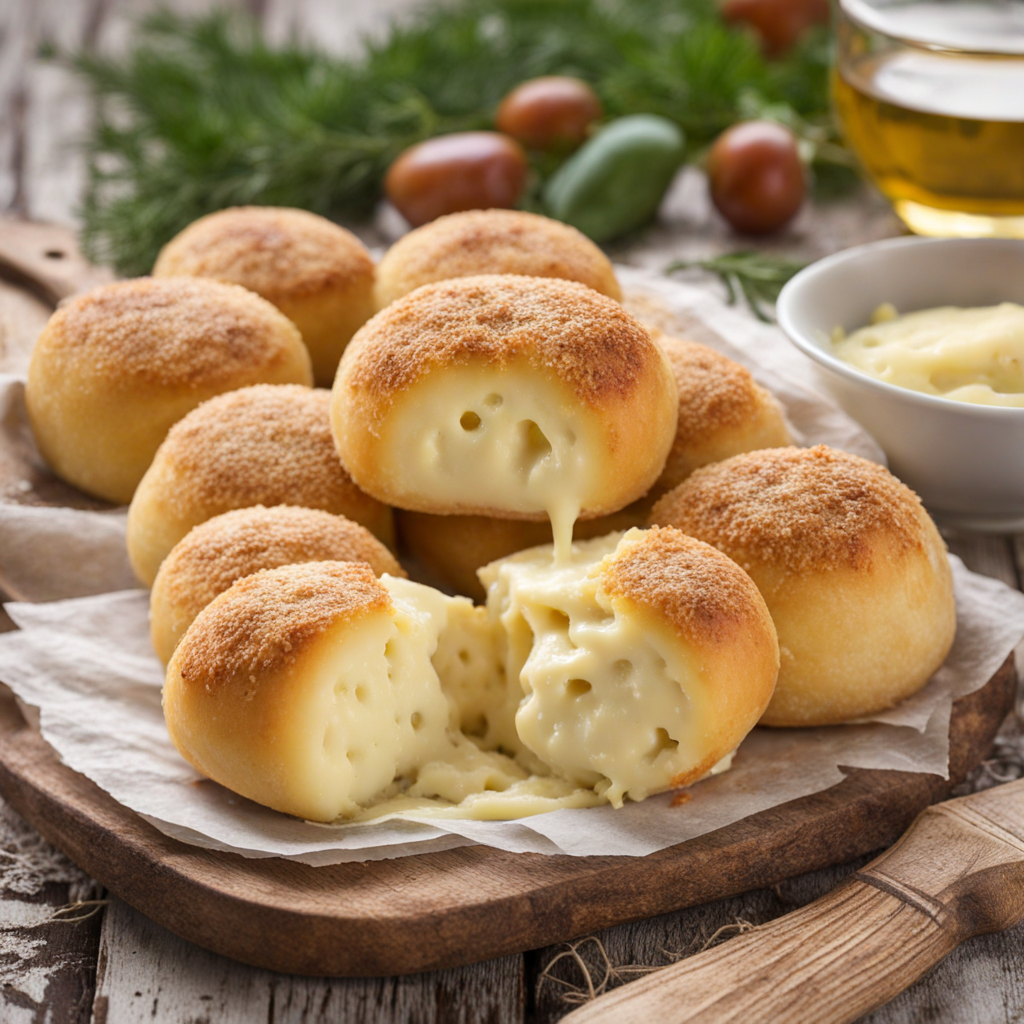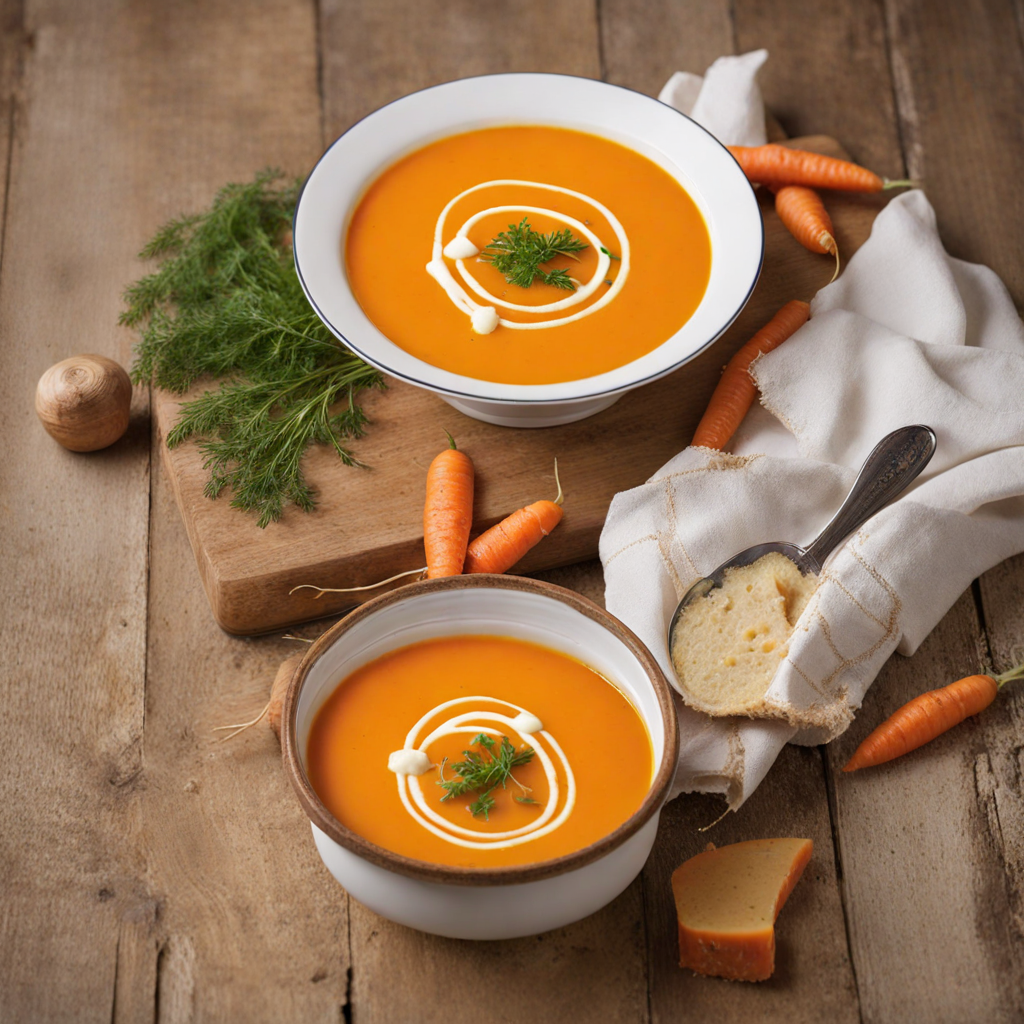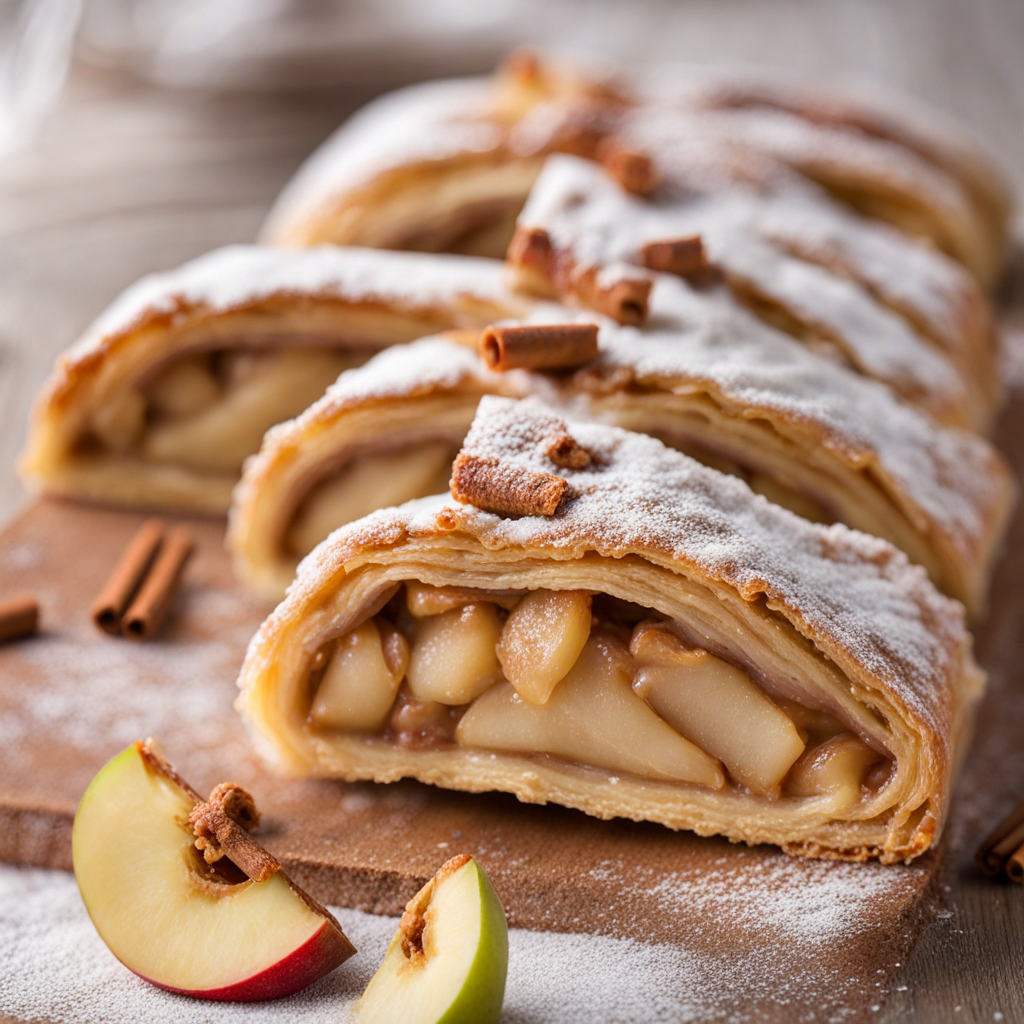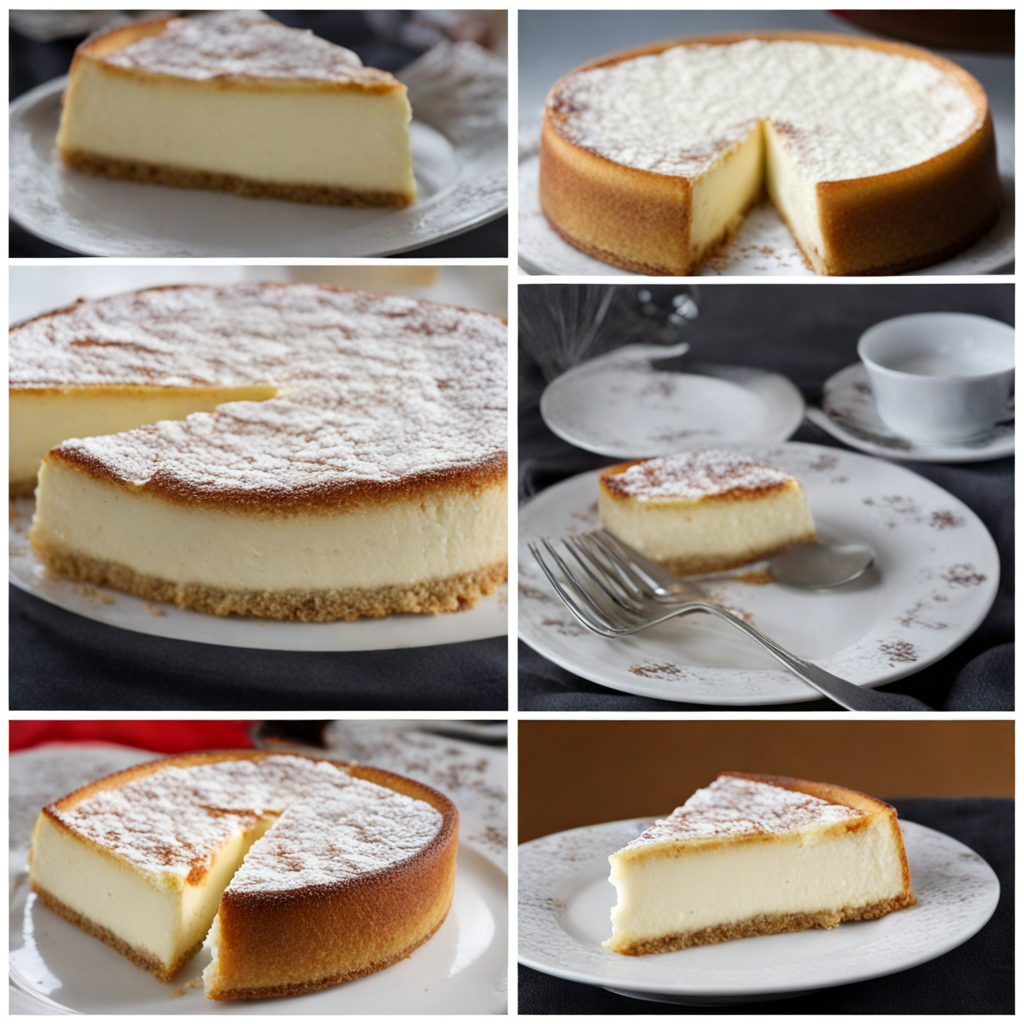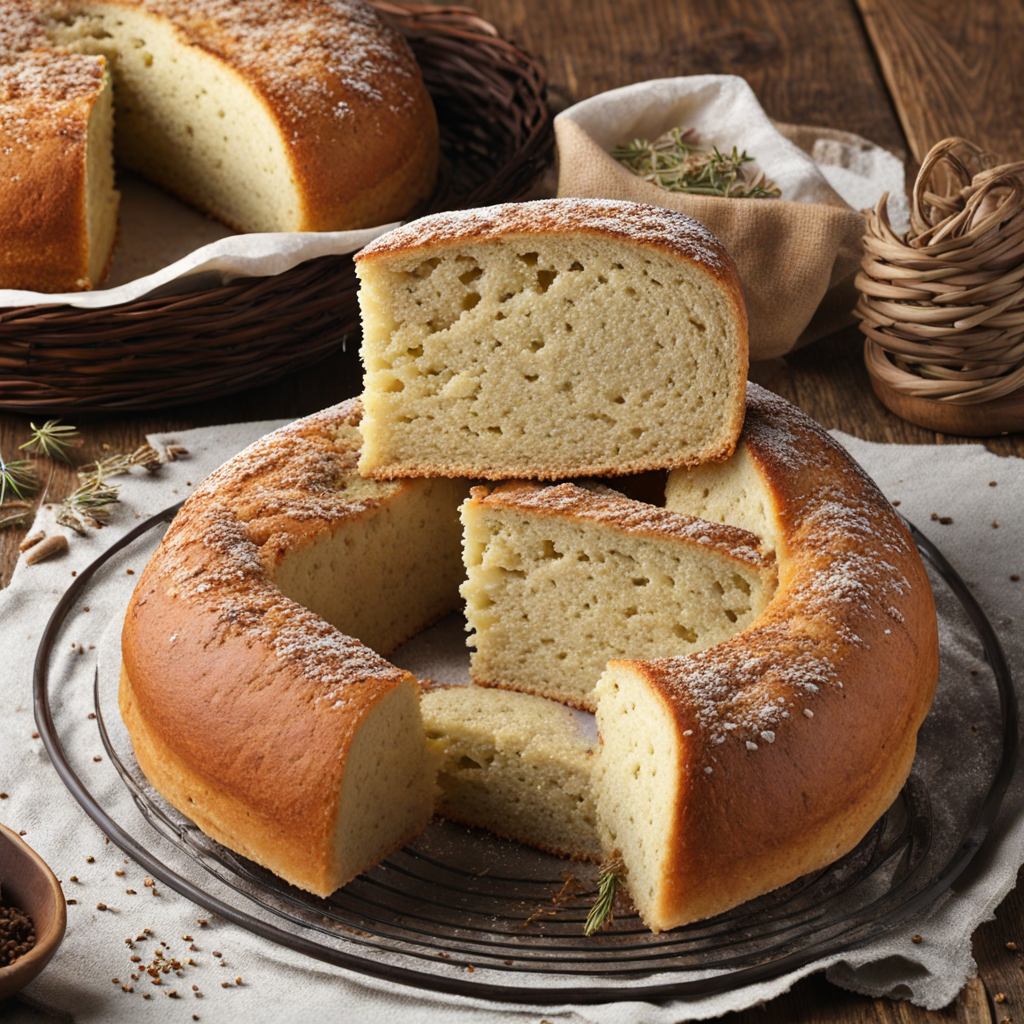Cheese Štruklji
Cheese Štruklji is a delightful traditional Slovenian dish that showcases the country's rich culinary heritage. At its core, this dish consists of rolled dough filled with a creamy mixture of fresh cheese, often combined with ingredients like sour cream, eggs, and sometimes herbs. The dough itself is typically made from flour, water, and a pinch of salt, creating a delicate and slightly chewy texture that serves as the perfect vessel for the rich filling. The preparation of Cheese Štruklji involves skillful rolling and folding, resulting in a log-like shape that is then sliced into portions for cooking. Once prepared, Cheese Štruklji can be cooked in a variety of ways, including boiling, baking, or steaming. Each method lends a unique texture and flavor profile to the dish. When boiled, the Štruklji becomes tender and moist, while baking gives it a slightly crispy exterior, adding a delightful contrast to the creamy filling. This versatility allows for different serving styles; it can be enjoyed as a savory main dish, a comforting side, or even a sweet dessert when paired with fruit or drizzled with honey. The taste of Cheese Štruklji is a harmonious blend of creamy and tangy flavors, complemented by the warmth of the dough. It is often garnished with melted butter and breadcrumbs, which adds a rich and nutty finish to each bite. This dish is not only a celebration of Slovenian ingredients but also embodies the spirit of home-cooked comfort, making it a must-try for anyone looking to explore new culinary horizons.
How It Became This Dish
Sirni Štruklji: A Slice of Slovenian Culinary Heritage Origins and Historical Context Sirni štruklji, a delightful dish from Slovenia, epitomizes the rich culinary tapestry of the region, influenced by its geography, history, and culture. The name "štruklji" derives from the Slovene word for "roll" or "scroll," and it traditionally refers to a rolled pastry filled with various ingredients. Sirni štruklji specifically denotes a cheese-filled variant, showcasing the importance of dairy in Slovenian cuisine. The origins of štruklji can be traced back centuries, with roots in the rural traditions of the Slovenian people. Dairy farming has been a cornerstone of Slovenian agriculture, particularly in the Alpine regions where the climate and terrain favor cattle rearing and cheese production. This reliance on dairy products is reflected not only in sirni štruklji but also in a plethora of traditional Slovenian dishes. Historical references to štruklji can be found as early as the 16th century, although the dish likely predates such documentation. It was initially prepared as a simple, rustic meal, using readily available ingredients like flour, water, and local cheeses, such as the beloved "tolminc" from the region of Tolmin. Over time, štruklji became a staple in Slovenian households, often enjoyed during family gatherings and celebrations. Cultural Significance Sirni štruklji transcends mere sustenance; it embodies the essence of Slovenian culture. The dish is a testament to the country's agrarian roots and the communal spirit of its people. Preparing štruklji often involves the entire family, from kneading the dough to rolling it up, showcasing cooperation and togetherness. In Slovenian culture, food is not just about nourishment; it is a medium for storytelling and preserving traditions. Štruklji is frequently featured during holidays and festive occasions, symbolizing abundance and hospitality. For instance, it is commonly served during Christmas and Easter celebrations, and at weddings, where it represents fertility and prosperity. Moreover, sirni štruklji reflects Slovenia's diverse cultural influences. The country’s historical ties with neighboring regions, such as Austria and Italy, have enriched its culinary landscape. Variations of štruklji can be found across these borders, each with unique fillings and preparation methods. While some may argue that the dish has been influenced by Italian "strudel," Slovenian chefs maintain that their version remains distinct, characterized by its thicker dough and rich cheese filling. Development Over Time As Slovenia evolved through the ages, so too did sirni štruklji. The dish adapted to changing tastes and modern culinary trends while retaining its traditional roots. In the 20th century, as Slovenia underwent significant social and political changes, culinary practices also experienced transformation. With the advent of industrialization, many families began to rely on pre-packaged ingredients, and the traditional methods of making štruklji were often abandoned. However, as Slovenia gained independence in 1991, there was a revival of interest in traditional foods as a means of cultural identity. The late 20th and early 21st centuries saw a renewed appreciation for local and artisanal foods. Chefs and home cooks alike began to re-embrace traditional Slovenian recipes, including sirni štruklji. The rise of the farm-to-table movement and a growing interest in slow food practices propelled the dish back into the spotlight. Today, sirni štruklji is celebrated not only in homes but also in restaurants across Slovenia, where chefs strive to honor traditional methods while adding their own contemporary twists. Modern interpretations might feature gourmet cheeses, herbs, or even creative fillings like pumpkin or wild mushrooms, reflecting seasonal availability and culinary experimentation. Preparation and Variations The preparation of sirni štruklji is an art in itself, with techniques passed down through generations. The dough is typically made from flour, water, and a pinch of salt, kneaded until smooth and elastic. The cheese filling, often a mixture of fresh cheese, eggs, and sometimes sour cream, is spread over the rolled-out dough before being carefully rolled up and shaped into a log. Sirni štruklji can be cooked in several ways: it can be boiled, baked, or steamed. Each method imparts a distinct texture and flavor profile. Boiled štruklji tends to be softer and more delicate, while baked versions develop a slightly crisp exterior. The dish is commonly served sliced, often garnished with melted butter, breadcrumbs, and a sprinkle of fresh herbs, elevating its presentation and taste. Beyond the classic cheese filling, variations of štruklji have emerged, showcasing the creativity of Slovenian cooks. Sweet versions, for instance, might include fillings made from fruits like apple or cottage cheese and sugar, often served as a dessert. Savory adaptations can incorporate ingredients such as spinach, potatoes, or even meats, demonstrating the versatility of this beloved dish. Conclusion: A Culinary Legacy Sirni štruklji is more than just a dish; it is a vibrant representation of Slovenia's cultural heritage and culinary evolution. Its journey from humble rural beginnings to a cherished symbol of Slovenian identity speaks to the resilience and adaptability of traditional foods in the face of modernization. Today, as Slovenia's culinary scene flourishes, sirni štruklji remains a staple, inviting both locals and visitors to savor a taste of history. As the world becomes more interconnected, dishes like sirni štruklji serve as a reminder of the importance of preserving culinary traditions while embracing innovation. Whether enjoyed in a cozy family kitchen or a bustling restaurant, sirni štruklji encapsulates the flavors of Slovenia, inviting all to partake in its rich and engaging story. Through each bite, one experiences not just the taste of cheese and dough, but the warmth of Slovenian hospitality, the spirit of community, and a connection to a storied past that continues to thrive in the present.
You may like
Discover local flavors from Slovenia


